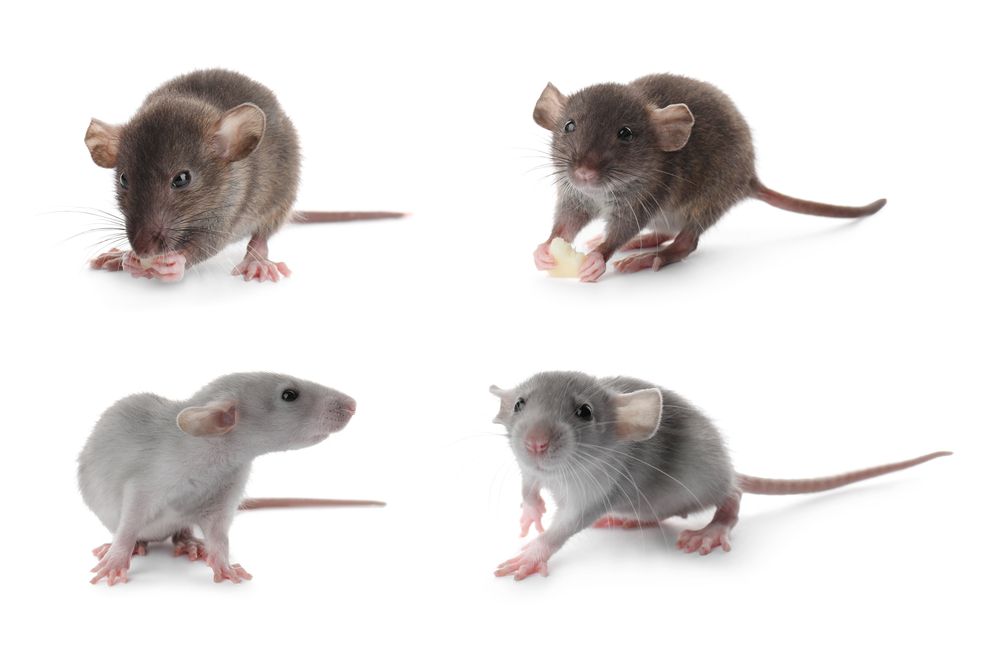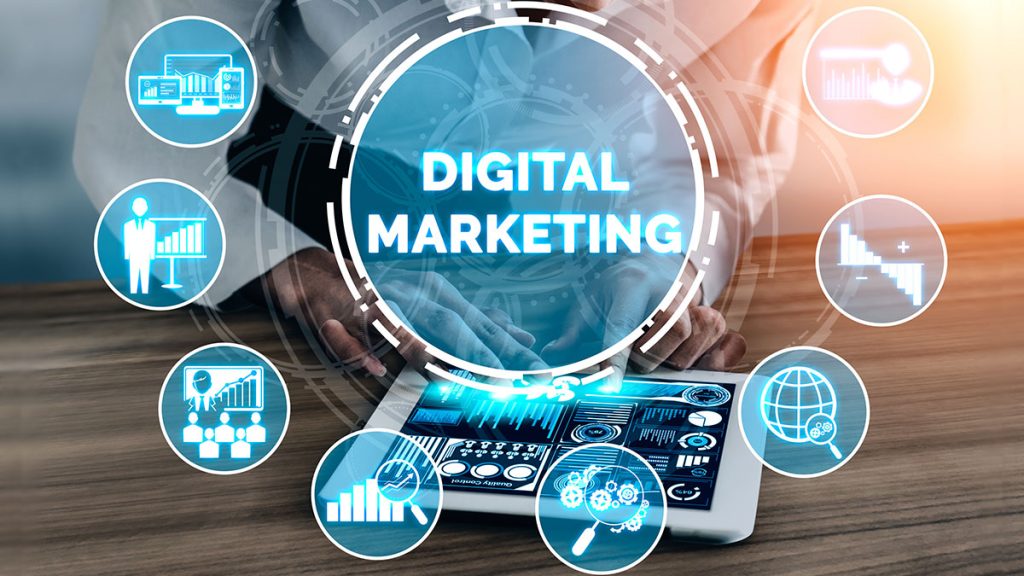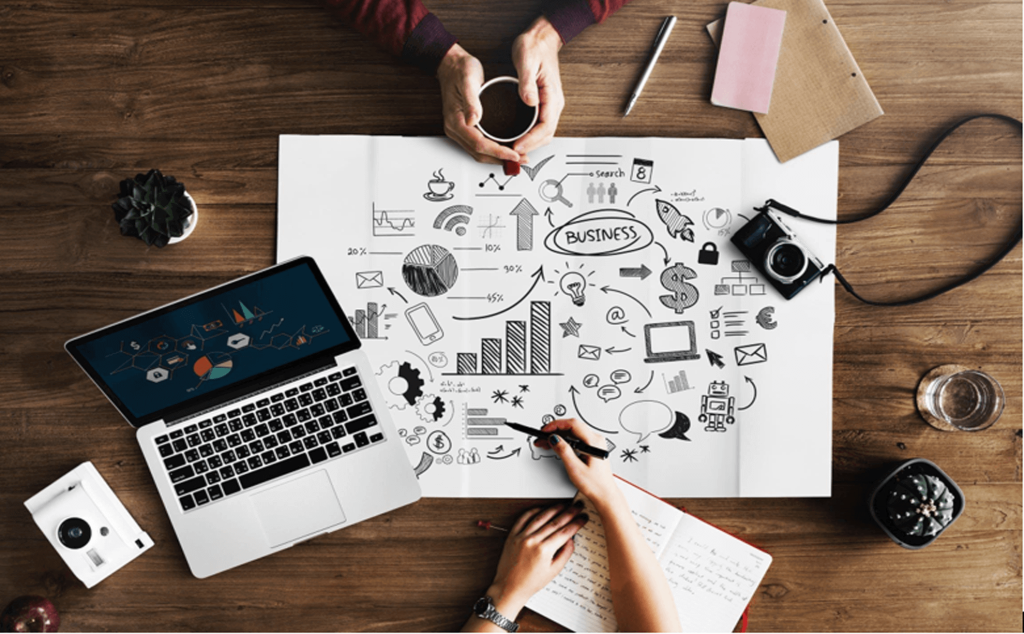Rats and mice share a number of similarities. They are both rodents, both cause pest control issues across the nation, and both pose serious health concerns to those living nearby.
From afar they can also look pretty similar and if you don’t know what it is that you are looking for it can be difficult to tell the difference between the two.
In the UK, there are three main types of rodents that cause pest control problems on a regular basis. These are house mice, brown rats, and grey squirrels.
Now, the bushy tail is somewhat of a giveaway when it comes to distinguishing squirrels from rats and mice but the other two are a bit more tricky. At harveyenviro.co.uk we deal with all three of these pesky species in residential and commercial properties on a regular basis.

The main differences between house mice and brown rats include:
Size
Rats are significantly larger than mice both in length and in height. House mice are around 3-10cm in total length whish rats can grow as larger as 30-40cm in some cases.
Unsurprisingly, therefore, rats also weigh significantly more than mice weighing in at a hefty 150-300 grams. House mice are more lightweight and can weigh as little as 15
grams at their smallest.
Whilst this certainly makes rats appear more intimidating and means that mice have a somewhat ‘cuter’ reputation, it can actually make house mice more difficult to deal with in regards to pest control.
Tail
The tail is of vital important to almost all rodent species, used for navigation, balance, and as a built in temperature regulator.
However, the appearance of rodent tails does vary significantly and this is another good way to tell the difference between rats and mice.
The tail of a house mouse is thin, long (as long as their bodies in many cases), and covered in wispy hairs. Rat tails, on the other hand are much thicker and almost completely hairless.
Droppings
As you might expect given their respective body sizes, rat droppings are much bigger than mouse dropping. Droppings are often one of the first signs you will see of rodent activity in your property as all rodent species are pretty shy and will keep out of sight, especially during the day. If you are unsure what species may have left a dropping you have found, contact a professional pest controller who will be able to tell you immediately in most cases.
Brown rat droppings tend to be banana like in shape, and around 1-2cm in length. Mouse droppings are a lot harder to spot as they are only around 1-2mm in length.
Ears
Finally, mice tend to have large ears compared to their heads and bodies whilst rats ears are small and hairy in appearance. Both species have excellent hearing which they use to detect danger. This is another reason that you will rarely spot rodents in the daylight as they will hear you coming long before they are within eyesight.





